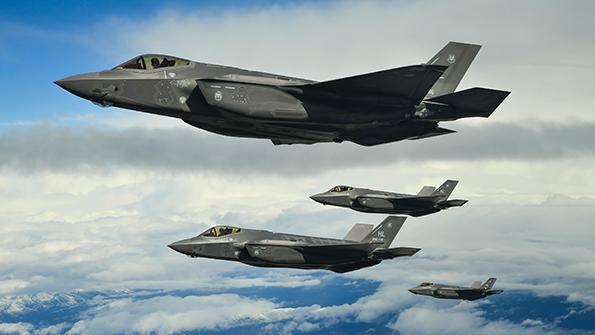
Credit: U.S. Air Force
Finland has selected Lockheed Martin’s F-35 Joint Strike Fighter as the country’s future combat aircraft. National evaluations put the F-35’s military capability well ahead of its competitors, and Helsinki says the aircraft met national requirements for security of supply, industrial cooperation and...
Subscription Required
This content requires a subscription to one of the Aviation Week Intelligence Network (AWIN) bundles.
Schedule a demo today to find out how you can access this content and similar content related to your area of the global aviation industry.
Already an AWIN subscriber? Login
Did you know? Aviation Week has won top honors multiple times in the Jesse H. Neal National Business Journalism Awards, the business-to-business media equivalent of the Pulitzer Prizes.
